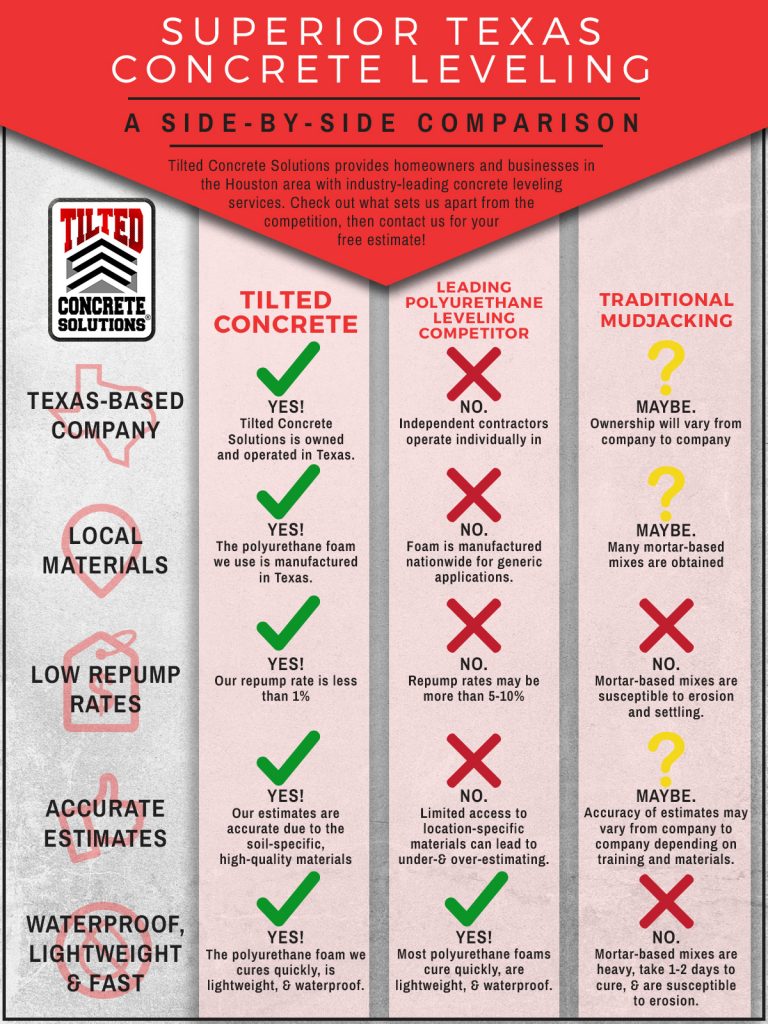Seasonal Considerations For Industrial Outside Paint: What You Need To Know
Seasonal Considerations For Industrial Outside Paint: What You Need To Know
Blog Article
Personnel Writer-Doherty Skafte
When you're intending a commercial external paint task, seasonal elements can make or break your results. You'll intend to think about just how temperature level and humidity effect paint application and drying out times. Choosing the best period can ensure your paint sticks correctly and lasts much longer. However which seasons are really the best for this sort of work? Allow' read this post here out the key elements that can influence your job's success.
The Impact of Temperature on Paint Application
When you're planning a business exterior paint task, the temperature level can considerably affect how well the paint adheres and dries out.
Preferably, you wish to paint when temperatures vary in between 50 ° F and 85 ° F. If it's also cold, the paint might not treat appropriately, bring about issues like peeling or fracturing.
On the flip side, if it's also warm, the paint can dry out also promptly, preventing appropriate attachment and resulting in an unequal finish.
You ought to additionally consider the moment of day; early morning or late afternoon uses cooler temperatures, which can be more desirable.
Always examine the producer's suggestions for the specific paint you're utilizing, as they usually give guidance on the excellent temperature level variety for optimal results.
Humidity and Its Impact on Drying Times
Temperature isn't the only environmental aspect that affects your commercial exterior paint project; moisture plays a considerable duty also. High humidity levels can decrease drying times drastically, influencing the overall quality of your paint work.
When the air is saturated with wetness, the paint takes longer to cure, which can cause concerns like inadequate attachment and a higher risk of mold development. If you're painting on an especially moist day, be planned for prolonged wait times in between coats.
It's crucial to keep track of local weather conditions and plan accordingly. Preferably, go for humidity levels between 40% and 70% for ideal drying out.
Keeping these factors in mind ensures your job remains on track and delivers a long-term surface.
Best Seasons for Commercial Outside Paint Projects
What's the best season for your industrial exterior painting projects?
Spring and very early loss are typically your best options. During these seasons, temperatures are mild, and moisture levels are often reduced, creating perfect problems for paint application and drying out.
Stay clear of summer's intense heat, which can cause paint to dry too swiftly, resulting in poor attachment and coating. Similarly, how to paint outside can prevent correct drying out and treating, risking the longevity of your paint work.
Go for click the up coming website page with temperature levels between 50 ° F and 85 ° F for ideal outcomes. Bear in mind to inspect the neighborhood weather prediction for rainfall, as wet problems can ruin your task.
Planning around these factors guarantees your paint job runs smoothly and lasts longer.
Final thought
In conclusion, intending your commercial outside painting tasks around seasonal considerations can make a significant distinction in the outcome. By scheduling work throughout the ideal temperature levels and moisture levels, you'll ensure better bond and drying out times. Keep in mind to keep an eye on regional weather report and select the correct time of year-- springtime and early loss are your best bets. Taking these actions will certainly help you achieve a resilient and expert coating that lasts.
